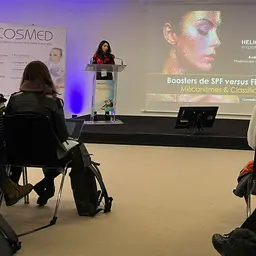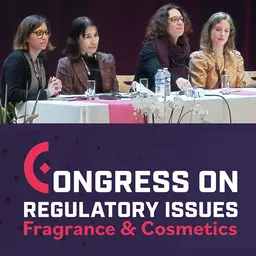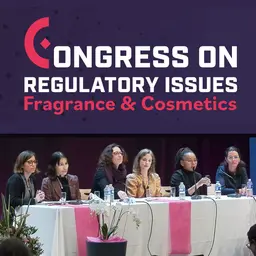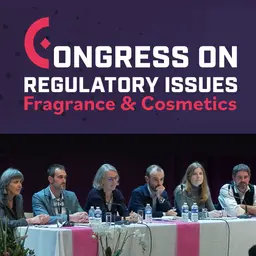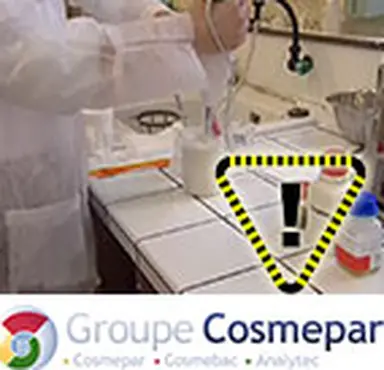
In the cosmetic world, the trend is: reformulate. Since three years, Cosmepar, a laboratory specialised in tests and analyses for cosmetics manufacturers saw this phenomenon, its causes … and its consequences. While pressures are strong to avoid using questioned ingredients and to have formulae developed, Cosmepar experts have given, on 9 September, a mixed set of results of their influences on the stability and the safety of the cosmetic products, during the Beyond Beauty Convention, in Paris.
“Since three years, we have seen a course change in the cosmetic products formulations and reformulation," Alexandra Divet, a doctor in Biology Sciences for Cosmepar , said as a preamble. This is a trend that her laboratory has quantified, by recording a 110% increase of the anti-microbial efficacy tests during that period, which answers several types of motivations.
Reformulate: why?
One may think that the reformulation of a product originates in the will to improve its performances. This may be true, but the general trend as seen in the market relies upon far many other factors. Alexandra Divet fingers two different types.
Top-down pressures
They come from the “top," from the authorities and the texts that come into force as binding, in the Research and Development Departments:
• regulatory evolutions that modify the regulation applicable to an ingredient, its maximum percentage allowed in a formula or the scope of its applications, such as,
• opinions by the SCCS, which let foresee the coming regulation,
• recommendations by the French ANSM, which add complementary conditions (even if they are not mandatory as such) to the usage of some ingredients, as it has been for
terpenoids in cosmetics designed for children
or …




